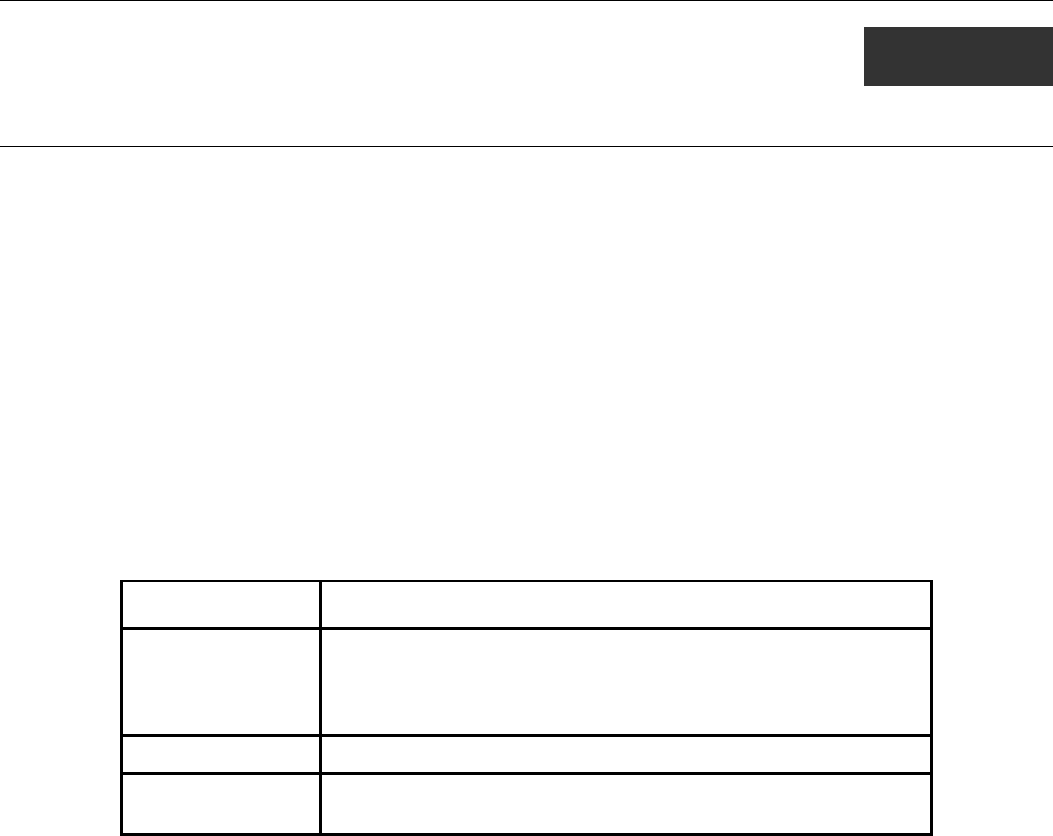
xStack® DES-3200 Series Layer 2 Ethernet Managed Switch CLI Reference Guide
123
13
PACKET STORM CONTROL COMMANDS
On a computer network, packets such as Multicast packets and Broadcast packets continually flood the network as normal
procedure. At times, this traffic may increase due to a malicious endstation on the network or a malfunctioning device, such as a
faulty network card. Thus, switch throughput problems will arise and consequently affect the overall performance of the switch
network. To help rectify this packet storm, the Switch will monitor and control the situation.
The packet storm is monitored to determine if too many packets are flooding the network, based on the threshold level provided
by the user. Once a packet storm has been detected, the Switch will drop packets coming into the Switch until the storm has
subsided. This method can be utilized by selecting the Drop option of the Action field in the table below. The Switch will also
scan and monitor packets coming into the Switch by monitoring the Switch’s chip counter. This method is only viable for
Broadcast and Multicast storms because the chip only has counters for these two types of packets. Once a storm has been detected
(that is, once the packet threshold set below has been exceeded), the Switch will shutdown the port to all incoming traffic with the
exception of STP BPDU packets, for a time period specified using the CountDown field. If this field times out and the packet
storm continues, the port will be placed in a Rest mode which will produce a warning message to be sent to the Trap Receiver.
Once in Rest mode, the only methods of recovering this port are (1) auto-recovery after 5 minutes or (2) to manually recoup it
using the Port Configuration window in the Administration folder and selecting the disabled port and returning it to an Enabled
status. To utilize this method of Storm Control, choose the Shutdown option of the Action field in the table below.
The Packet Storm Control commands in the Command Line Interface (CLI) are listed (along with the appropriate parameters) in
the following table:
Command Parameters
config traffic control [<portlist> | all] {broadcast [enable | disable] | multicast [enable |
disable] | unicast [enable | disable] | action [drop | shutdown] |
threshold <value 64-1000000> | time_interval <secs 5-30> |
countdown [<minutes 0>| <minutes 5-30>] } (1)
show traffic control {<portlist>}
config traffic
control_trap
[none | storm_occurred | storm_cleared | both]
Each command is listed, in detail, in the following sections:


















